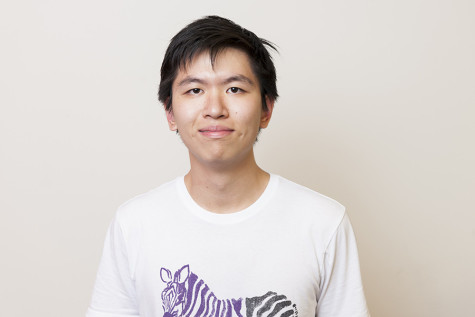Violence problem in United States

September 23, 2014
The criminal justice system in the United States has a violence problem. While the media has addressed the issue of wrongful execution, the process of supposedly rightful executions has gently puttered along — despite affronts to human decency.
The difficulties began in July 2013, when European drug companies stopped exporting drugs used in lethal injections to the United States. Without their tried-and-true formula, state executioners have resorted to insufficiently tested drugs to dispense what they believe to be justice.
The botched execution of Clayton Lockett in Oklahoma on April 29, then, was a gruesome reminder of why most of the Western world has abandoned the practice. The grisly timeline released by the Oklahoma Department of Corrections details Lockett’s pained gasps and flickering consciousness during the procedure. The vein in which the technicians had placed the needle had collapsed, spilling drugs into his muscle tissue. Lockett died of a heart attack 40 minutes after the initial injection.
Such an incident, coupled with the apparent international disrepute for the death penalty, ought to have prompted some examination of the practice. Hardly three months later, the execution of Joseph R. Wood III took nearly two hours to complete, during which he was reportedly gasping and snorting. Pharmacologists speculated that his body was fighting off the insufficiently dosed sedative he had been given.
At 7 percent, lethal injection has the highest rate of failure among any means of execution used in the United States. Yet, it is considered more humane. It is much more pacifying, after all, to imagine a man going to sleep and never waking up than to imagine him swinging from a noose or convulsing in an electric chair.
Perhaps that is what all executions are about: creating the image of peace and to display to the public that societal ills are being addressed in the swiftest and most final of fashions. This is a similar drive for justice that resulted in the senseless deaths of too many young black men at the hands of law enforcement. Though other factors, namely racism and militarization of local police forces, have led to bloodshed, the realities of the death penalty and police brutality stem from the same culture of violence.
Most executions legitimate this cycle of violence. Botched executions, however, have an opposite effect, stirring public outrage and igniting overdue conversations. We must consider the flaws in our justice system that contribute to a climate that is accepting of brutality in the first place. Ending the death penalty would not fix our country’s violence problem, but it would be an important first step in shifting the culture that allows it.
A version of this article appeared in the Tuesday, Sep. 23 print edition. Email Richard Shu at [email protected].

























































































































































PigStateNews • Sep 23, 2014 at 11:02 pm
At least 803 people have been killed by U.S. police since January 1, 2014.
At least 1553 have been killed since May 1, 2013.
https://www.facebook.com/KilledByPolice